






of







of







of





















Renowned as an adroit master of bayati (a lyrical form of Azerbaijani folk poetry) both in folklore and written literature, Sari Ashig had become a legend and celebrity in his lifetime. His name and profession had gone through the test of time and reached the present day. In 1927, archaeologists examined Sari Ashig’s tomb and shrine at the Gulabird cemetery and came to the conclusion that the shrine belonged to the XVII century.
Sari Ashig hailed from the tribe of Orucmammad, which was a big generation in the village of Gulabird. They are natives of Garadag province. Literary critics classified Sari Ashig in the history of the world literature not only as an adroit master of bayati of the Azerbaijani literature but also of the whole Turkic world.
In 1989, the Memorial-Museum of the XVII century bayati master Sari Ashig was opened in the village of Gulabird of the Lachin region. At that time, a total of 150 items reminiscent of Sari Ashig was handed over to the museum. Representatives of the Azerbaijani Union of Writers and the district public attended the opening ceremony of the museum. The surroundings of the museum were beautified and a monument of Sari Ashig was erected there.
After the occupation of Lachin by the Armenian Armed Forces in 1992, the building of the Museum and up to 200 exhibits were destroyed and plundered by Armenians. At present the museum functions in the settlement of Pirakuskul of Absheron District.
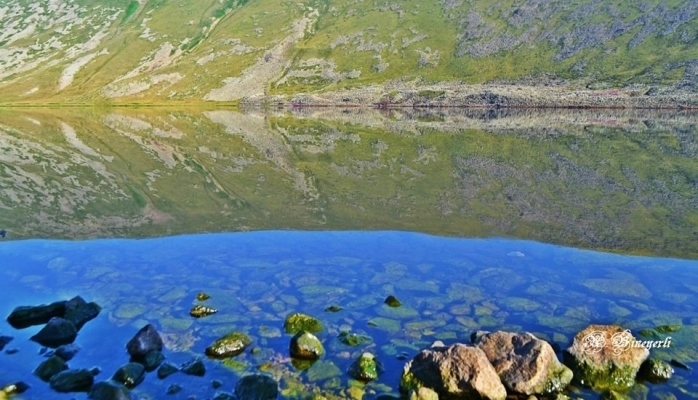
Qaragol Interrepublics State Reserve was set up with the decision of the Council of Ministers dated November17, 1987. Garagol State …

The idea of establishing Aghdam Bread Museum, which is considered to be the second in the world after the Zurich …
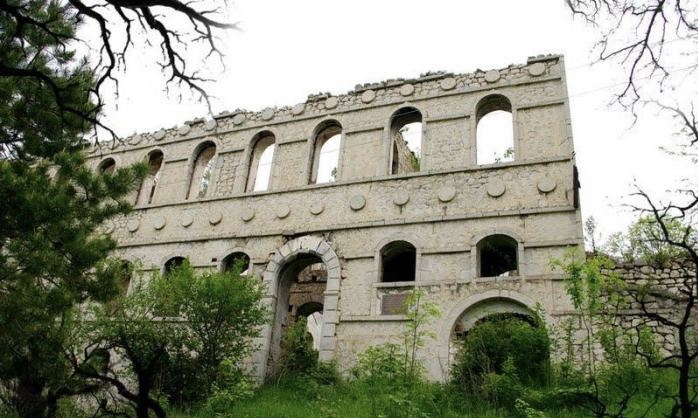
The Khurshudbanu Natavan’s House is a historical and architectural monument of the 18th century located in the city of Shusha. …

Museum Mausoleum Complex of Molla Panah Vagif is located in Shusha, Azerbaijan. It was built in honor of Molla Panah …
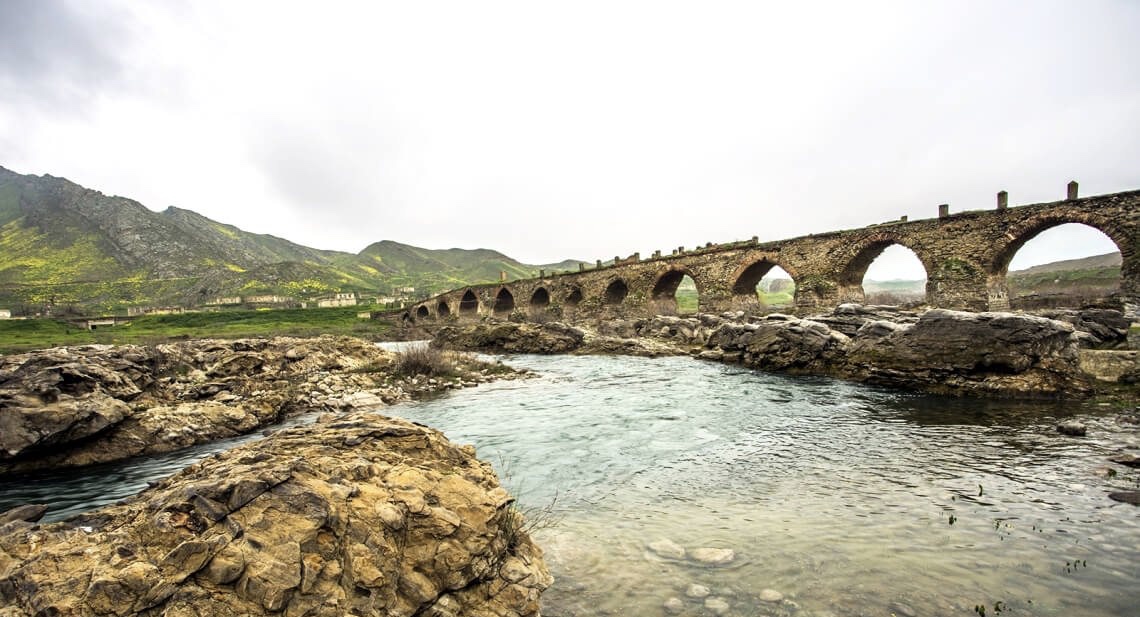
The Bridge belongs to the Arran architecture school. The first written source that mentioned the 15-arched Khudafarin Bridge belongs to …
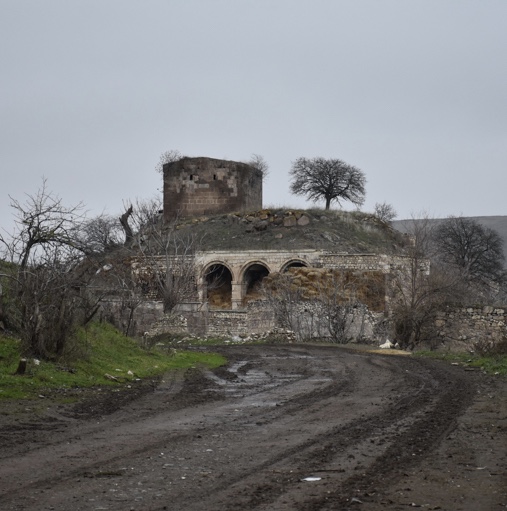
Garghabazar Caravanserai was built in 1681 at the hillside, in the center of Garghabazar village of Fuzuli district, 8 km …
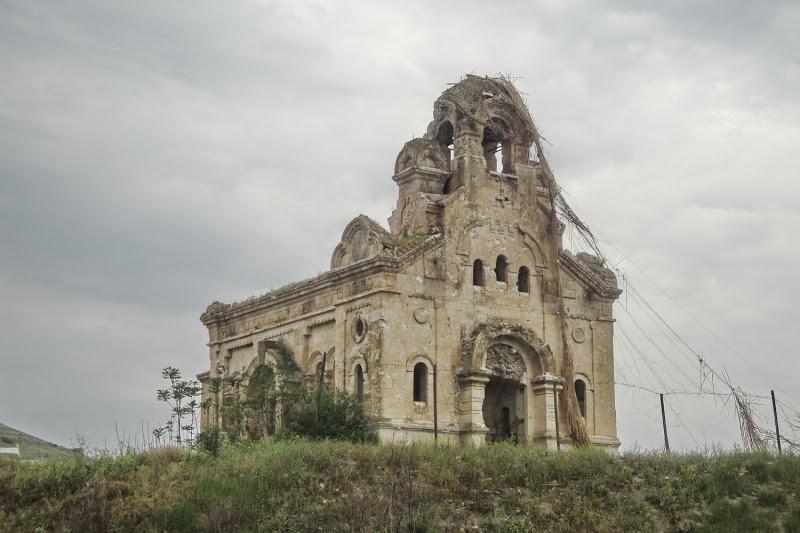
Armenia’s vandalism in Nagorno-Karabakh and seven surrounding regions affected not only the historical, cultural, and religious heritage of Islam but …

Jabrayil History-Ethnography Museum has been operating since 1953. Archaeological and ethnographic materials belonging to the history of the region, textiles, …

Khudavang, or Dedeveng, Monastery Complex is located in the Vang village of Kalbajar District, on the left bank of Tartar …

“The 19th century Aghdam Juma Mosque is perhaps the only structure that has withstood the years of neglect since the …